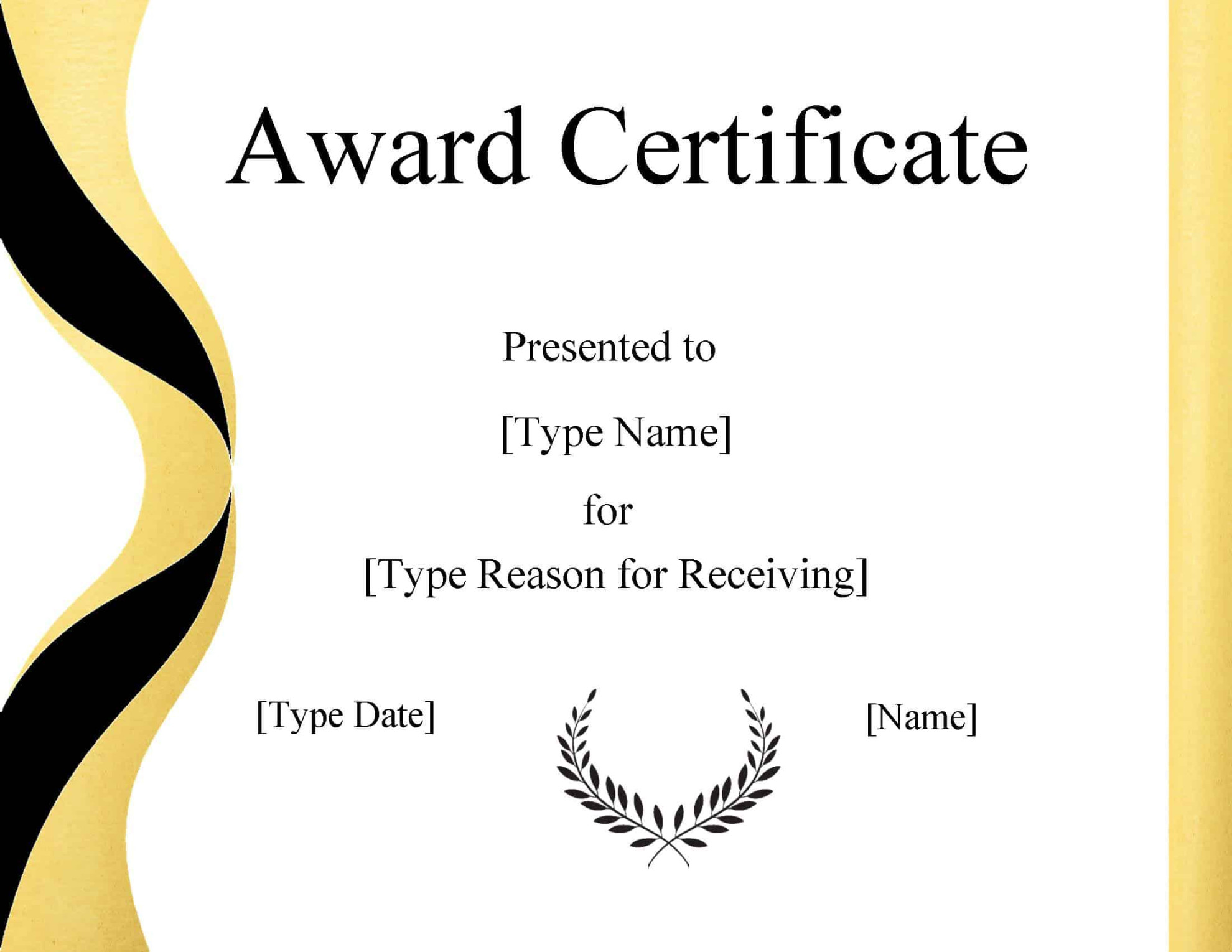Layout and Structure
The layout of an award Certificate should be balanced and visually appealing. The text should be easy to read and the overall design should convey a sense of professionalism and importance. Here are some key elements to consider:

Orientation: While portrait orientation is most common, landscape orientation can be used for certificates with a large amount of text or for certificates that need to be framed.
Font Selection
The fonts you choose will greatly impact the overall appearance of your certificate. Select fonts that are easy to read and that complement the overall design. Here are some tips for choosing fonts:
Serif vs. Sans-serif: Serif fonts (such as Times New Roman) have small strokes at the ends of letters, while sans-serif fonts (such as Arial) do not. Serif fonts are generally considered more formal, while sans-serif fonts are more modern.
Design Elements
Design elements can help to make your certificate more visually appealing and memorable. Here are some ideas for design elements:
Graphics: Use graphics that are relevant to the award. For example, if the award is for academic achievement, you could use a graphic of a graduation cap.
Text Content
The text content of your certificate should be clear, concise, and informative. Here are some tips for writing effective certificate text:
Use formal language: Avoid using slang or colloquialisms.
Color Scheme
The color scheme of your certificate should be professional and appropriate for the occasion. Here are some tips for choosing a color scheme:
Use a limited palette: Limit your color choices to two or three colors.
By following these guidelines, you can create professional award certificate templates that will be both visually appealing and informative.